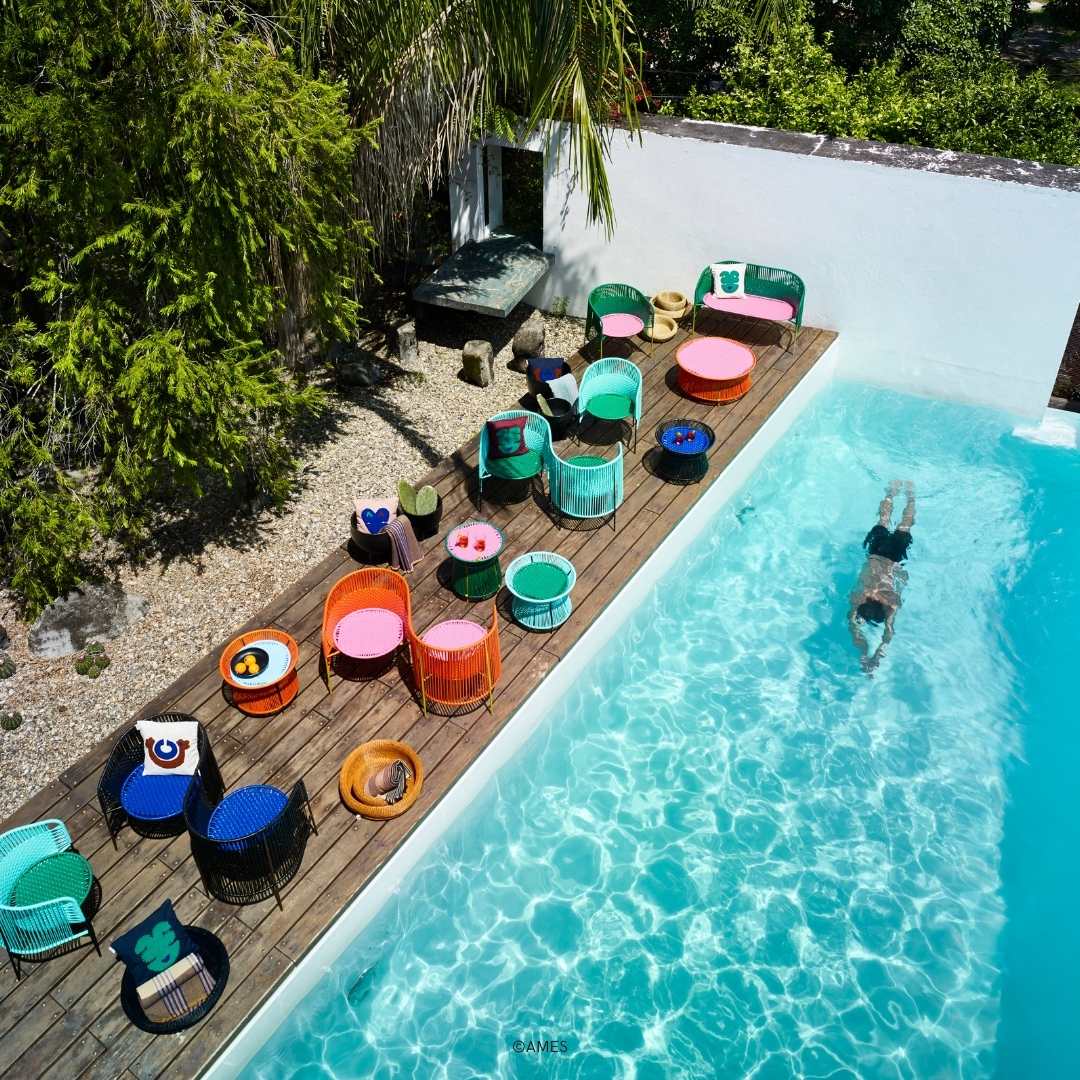The 2021 ELLE Deco International Design winner depends on craftsmanship to imagine a modernity that he needs to be qualitative and sustainable. By giving back its importance to the human being, he provides a soul to his creations.


What does design mean to you, and how do you see your mission as a designer?
Personally, design is for me the easiest way to precise my character and to communicate with others. Design is a really accountable career. It’s additionally about sustainability, high quality, storytelling, manufacturing and recycling. There are numerous parameters to think about.
You curated the exhibition Homo Faber, which celebrated craftsmanship in Venice final April. Why was this necessary to you?
Pattern of Crafts is an installation that involved younger artisans of varied professions, women and men from all over Europe. I chose a pattern that everybody can see when arriving in San Giorgio Island, that of the pavement in entrance of its church. It served as a canvas for all the works I created. This pattern connects them all together, and in addition connects the personalities who created them. We created a tapestry with Rubelli to cover the walls of the set up. Each work used the identical sample, in the same proportions, in order that the design continued on the partitions and extended from one creation to the subsequent. Every artisan interpreted the initial pattern with their own type, supplies, and methods.
When did you first turn into focused on conventional expertise?
I studied in Offenbach, Germany, a city that was devoted to leatherworking. During my research, virtually all the workshops closed down, and I noticed that the lack of this know-how was considerable, but in addition that the leather-based business created links between the inhabitants of the city. Craftsmanship is extremely necessary for a group, a region or a rustic. To think about Murano, Italy, without glassworks can be unimaginable! This shock has been the rationale why I focus so much on traditional craftsmanship, naturally counterbalanced by means of new materials and technologies.
What's the added value of craft to design, and the way does it translate into your work?
Craftsmanship provides character to design and brings a human dimension to it. Handcrafted products usually are not all the time equivalent copies of each other, there are typically small differences or even imperfections that show the true great thing about a product. The know-how, and especially the collaboration with good craftsmen, is the key to my design. They're my heroes; they take my designs and turn them into an actual product that they provide delivery to.
What are your most emblematic creations combining craftsmanship and new applied sciences?
I designed the 118 collection for Thonet. By means of it, it is straightforward to know the stability that can be achieved between these two worlds. The chair combines a steam-bent picket frame for the seat, and legs made by CNC machining (Editor’s word: Pc Numerical Management). My position is to be the conductor.
You create modernity from conventional fashions and materials. A sluggish design philosophy?
Sluggish design can also be related to quality, and to the power of shoppers to know the significance of well-designed objects. We need to contemplate design as an investment, as something we cherish and respect, and that we will move on to someone else without any drawback. Low cost design cannot be handed on in any respect, nor can it's reused.
What’s the most effective praise somebody might give your work?
To stay with it for centuries.
What's your dream for the longer term?
That all of us eat in a better approach. Purchase much less, however higher.
@sebastianherkner
Sophie Reyssat
L’article Sebastian Herkner interprets tradition to create the future est apparu en premier sur Galerie Joseph.
Comments